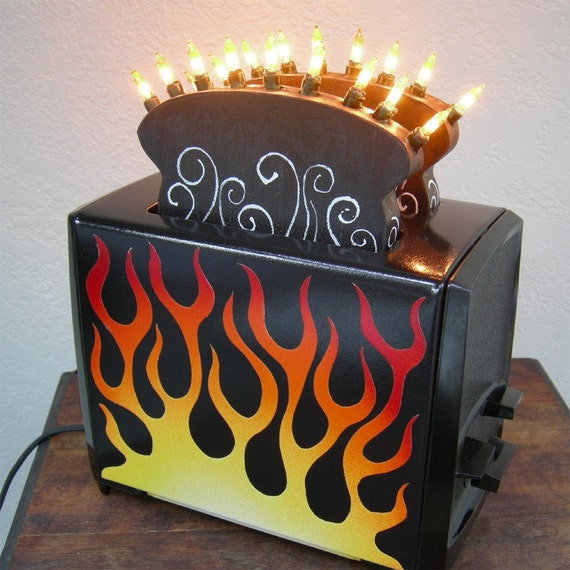Point was that there are many sizes and styles of pre-made, split mandrels available for low cost on eBay if he did not want to make his own. If you don't like using Dremel/Foredom type tools, there are styles that fit other rotary tools.
Philbert
Good point! I was just pointing out the limitations of actually using the dremel. I also found that I had to use a fair amount of pressure and dont thing an dremel arbor would take that kind of force very long because they are small diameter rod...











 Bump
Bump